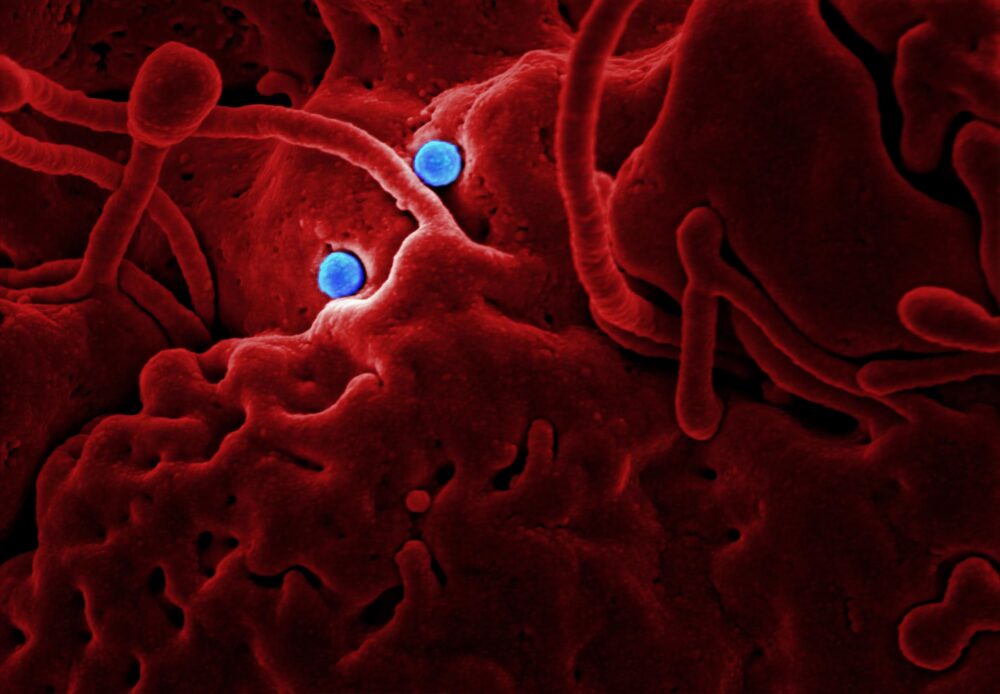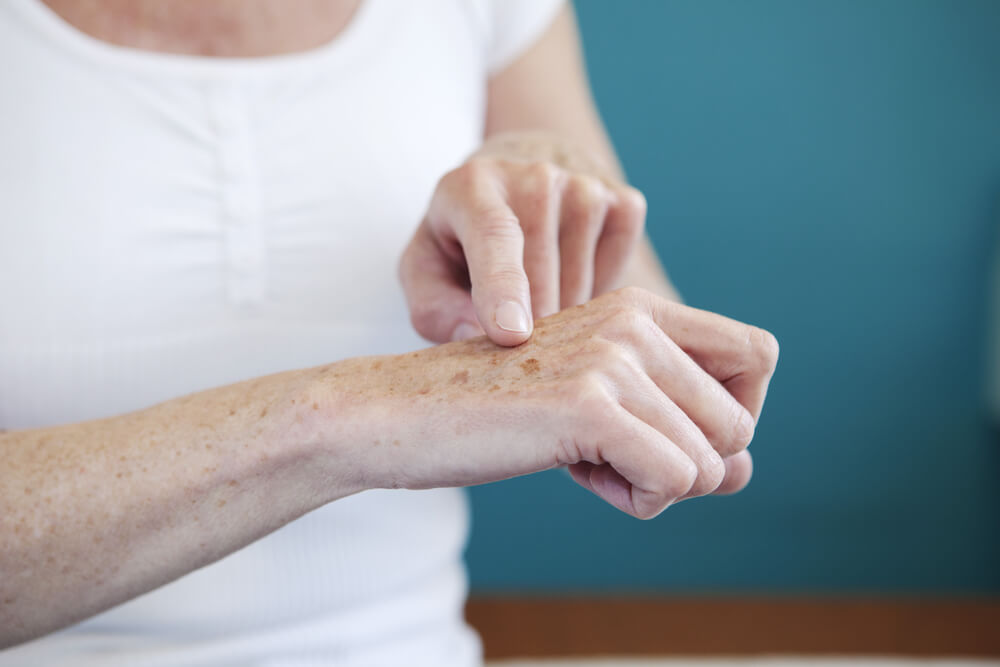Last Updated on March 11, 2025
There’s no denying that people today are more aware about the risk of diabetes, thanks to some powerful awareness campaigns in recent years. What most of us don’t realize however, is that the gender bias in medicine doesn’t just affect women doctors, but it also affects women patients. Reports keep emerging about biases in the diagnosis and treatment of lifestyle diseases like heart disease for a variety of reasons.
One of them is the subtle difference in how symptoms manifest in women. If you are at risk of diabetes, it is important that you recognize all of the early warning signs of type-2 diabetes, especially those that are specific to women. It’s also equally important to visit with your medical professionals about any symptoms or signs.
Healthline reports “Between 1971 and 2000, the death rate for men with diabetes fell, according to a study in Annals of Internal Medicine.”
This decrease reflects advances in diabetes treatment. But the study also indicates the death rate for women with diabetes didn’t improve.
In addition, the difference in death rates between women who had diabetes and those who didn’t more than doubled. The death rate was higher among women, but there has been a shift in sex distribution of type 2 diabetes showing higher rates in men. The findings emphasize how diabetes affects women and men differently.
The reasons included the following: Women often receive less aggressive treatment for cardiovascular risk factors and conditions related to diabetes. Some of the complications of diabetes in women are more difficult to diagnose. Women often have different kinds of heart disease than men. Hormones and inflammation act differently in women.”

Early Warning Signs of Diabetes in Women
Because of hormonal and other differences between genders, women can experience early warning signs of diabetes that are unique to their sex. Understanding these differences can not only help improve diabetes treatment outcomes, but can also aid prevention efforts. Research shows that the condition can be reversed in its early stages. Here are some early warning signs of type-2 diabetes in women.
According to Medical news today, “Type 2 diabetes causes a person’s blood sugar levels to become too high. Recognizing the early signs and symptoms of this chronic condition can result in a person getting treatment sooner, which reduces the risk of severe complications.”
Frequent Urinary Infections
Urinary tract infections (UTIs) are fairly common among most women, but they tend to occur with a higher frequency in women who have high blood glucose levels or type-2 diabetes. The risk of UTIs is also higher in diabetic women as diabetes is often associated with poor circulation, which impairs the immune response to fight such infections. Additionally, emptying of the bladder is not as efficient in many diabetics, making them more susceptible to UTIs. Symptoms of UTI can include burning sensation when passing urine, painful urination, and the presence of blood in urine or cloudy urine.

Recurrent Yeast Infections
Vaginal yeast infections are easy to overlook as they affect most women at least once in their lifetime. However, studies show that the risk of such yeast infections may be even higher in women with type-2 diabetes. It’s not clear why the risk of yeast infections increases, but it may be linked to a weakened immune response associated with elevated blood glucose levels or because a yeast overgrowth on account of those high sugar levels. In diabetic or prediabetic women, yeast infections are likely to recur with a higher frequency. While vaginal yeast infections are most common, oral yeast infections can also be a warning sign of diabetes.
Polycystic Ovary Syndrome
We know from research that the risk of type-2 diabetes is as much as four times higher for women with PCOS as compared to in those without the condition. Considering the high prevalence rates of PCOS, this is one early warning sign that every woman should be aware of, especially since prediabetes is reversible. The exact nature of the relationship between PCOS and diabetes is not clearly understood, but there are many common risk factors and some of these are exacerbated by PCOS. For example, PCOS symptoms like higher insulin resistance and obesity are both risk factors for diabetes. If you do have PCOS, it would be advisable to go for regular diabetes screenings.
Female Sexual Dysfunction
If your sex life has taken a beating because of a diminished sex drive or loss of sexual pleasure, this could be a warning sign that you have diabetes. Diabetes is associated with impaired blood flow to the genitalia and it can also cause diabetic neuropathy in which there is damage to the nerve fibers. This results in reduced sensation in the region, decreased sexual response, and vaginal dryness. The high prevalence of sexual dysfunction in women with diabetes is also linked to depression, which is a diabetes complication.
Other Warning Signs of Type-2 Diabetes
Other warning signs of diabetes that are common to both women and men can include:
- Unintentional weight loss
- Fatigue and increased hunger
- Frequent urination and increased thirst
- Slower or poor wound healing
- Sudden onset or worsening of bad breath
- Reduced sensation or tingling in the hands and feet

Diabetes Complications in Women
Just as there is some variation in diabetes symptoms in women, there are differences in diabetes-related complications too. A study that appeared in the journal Endocrine Reviews suggests that women tend to experience more severe complications as compared to men. For example, women are twice as likely to develop anxiety disorders and have a 10 to 20% higher risk of depression as compared to men. Diabetic women also face a 40% higher risk of heart disease and 27% higher risk of stroke.
Keep in mind that prediabetes rarely causes any symptoms in women and many of the warning signs of diabetes only surface after the condition has progressed. This makes it important to get in touch with your health care provider if you experience any warning sign of diabetes, especially if you have any risk factor for the condition.
Seeing a Doctor on a regular basis, and having routine blood work completed is a great way to make sure your Diabetes levels are within normal range. Testing your Glucose, and A1C will help you and your Doctor know the level of control you have over your condition. In addition, testing your albumin to creatinine ratio will help you in knowing if there are any issues with your kidneys.
According to Kidney.org, “Albuminuria is increased excretion of urinary albumin and a marker of kidney damage. Normal individuals excrete very small amounts of protein in the urine. Albumin is the most common type of protein in the urine. All patients with CKD should be screened for albuminuria. Persistent increased protein in the urine (two positive tests over 3 or more months) is the principal marker of kidney damage, acting as an early and sensitive marker in many types of kidney disease.”
Author Bio:
Shaun DMello is a prolific writer who has worked with a wide range of health and wellness brands for over a decade. His main areas of expertise are nutrition, fitness, natural medicine, public health, and health care technology, but he is most passionate about a healthy lifestyle as he has struggled with type2 diabetes. When he’s not writing, you can find him reading a good book, curled up on a recliner, jostling for space with his four cats.
